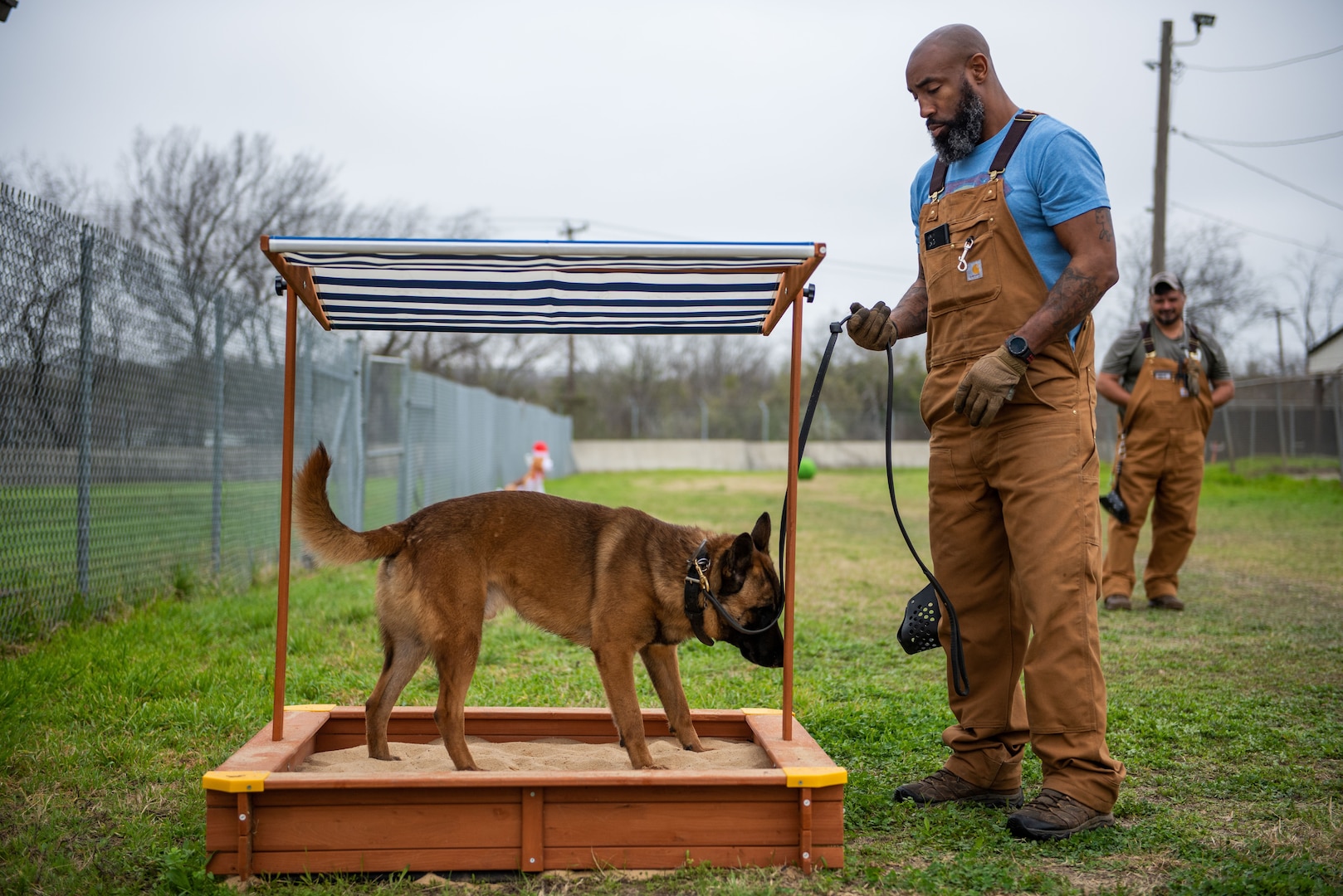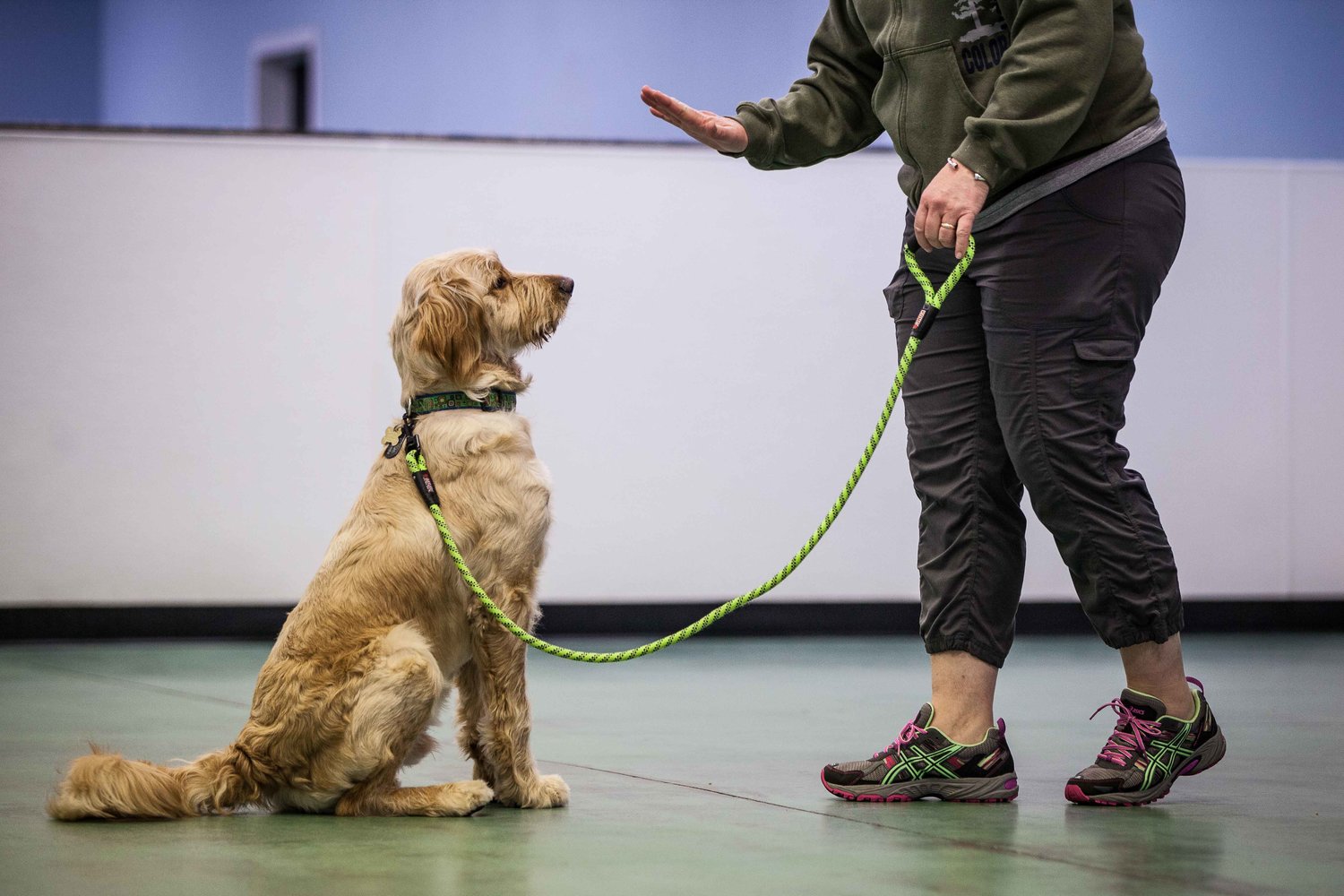Essential Tips for Successful Dog Training: A Guide for Beginners
Essential Tips for Successful Dog Training: A Guide for Beginners
Blog Article
Newbie's Overview to Effective Canine Training in the house
Effectively educating a canine at home requires a nuanced understanding of canine behavior and reliable communication strategies. Establishing clear training goals, using premium rewards, and preserving consistency across household members are critical elements. Integrating training right into everyday routines can improve both interaction and retention.
Comprehending Canine Habits
Recognizing dog behavior is crucial for efficient training and fostering an unified partnership in between people and their canine buddies. Dogs communicate mostly through body movement, articulations, and face expressions, making it essential for proprietors to analyze these signals properly. Acknowledging actions such as tail wagging, roaring, or cring can provide understandings into a dog's mood and intentions.

Usual behavioral problems, such as aggression, anxiousness, or extreme barking, typically originate from misunderstandings or unmet needs. Observing and addressing these problems immediately can prevent rise and ensure a positive training experience. By promoting a deep understanding of pet behavior, proprietors can customize their training approaches to suit their canine companions, inevitably leading to a satisfied and mannerly pet.
Vital Educating Tools
A well-appointed training room can considerably improve the performance of pet dog training in the house. Important training tools make sure that both the canine and the fitness instructor can involve in effective sessions that cultivate understanding and bonding.

Buying a strong leash and a comfortable, well-fitting collar or harness is crucial for safety and control. These tools help develop borders and ensure the pet remains secure during training. Furthermore, a marked training location, devoid of interruptions, help concentration for both the fitness instructor and the dog.
Training help such as training pads, cones, or agility tools can also boost the experience by introducing variety and difficulties. Having a notebook or electronic application for tracking progression can be indispensable, permitting you to note successes and areas for enhancement. Utilizing these essential tools will certainly produce a positive training atmosphere and lay the structure for effective understanding.
Creating an Educating Regimen
Establishing a regular training routine is crucial for effective pet dog training in the house. A well-structured regular not only helps in enhancing wanted habits but also gives your pet with a feeling of safety and security and predictability. To create an effective training routine, start by determining details training goals, such as basic commands, chain walking, or house-breaking.
Choose an assigned time daily for training sessions, preferably when your pet dog is receptive and sharp. Procedure should be brief, approximately 5 to 15 minutes, to maintain focus and stop exhaustion. Consistency in timing and environment will certainly improve your pet's learning experience.
Integrate training right into day-to-day tasks to enhance abilities. Method commands throughout walks or mealtime, which incorporates finding out right into natural regimens. In addition, remain adaptable and readjust the routine as necessary, suiting your dog's power levels and mood.
Favorable Reinforcement Methods
Positive support techniques are essential to reliable canine training, advertising preferred actions via benefits as opposed to penalty. This technique makes use of positive stimulations, such as deals with, praise, or playtime, to encourage pets to repeat specific actions. The keystone of this method is timing; rewards need to be given quickly adhering to the preferred habits to create a clear association.
When applying favorable reinforcement, it is necessary to select benefits that are motivating for your canine. High-value deals with, such as small pieces of poultry or cheese, can be particularly reliable during training sessions. Furthermore, varying the rewards can keep your canine's interest and enthusiasm.
Beginning with straightforward commands, like "sit" or "stay," and gradually development to more intricate tasks. Consistency is key; ensure that all member of the family utilize the same commands and benefit systems to prevent complication.
Moreover, it is vital to stay individual and prevent stress. Pets, like people, find out at their own speed. By cultivating a supportive training atmosphere through positive reinforcement, you can improve your hop over to here pet's discovering experience while strengthening the bond in between you and your hairy friend, laying the groundwork for effective training end results.
Common Training Challenges
While educating a dog in your home can be a satisfying experience, it commonly features a set of common obstacles that can test both patience and uniformity. One common problem is diversion. Dogs might become easily averted by sounds, motions, and even fragrances official source in their setting, making it difficult to preserve their emphasis during training sessions.
An additional obstacle is incongruity in commands and reinforcement. If member of the family make use of various hints or benefits, it can hinder and confuse the pet dog progress. Establishing a unified strategy is necessary for reliable communication.
In addition, pet dogs can experience frustration or stress, particularly if they do not comprehend what is expected of them. This can cause unfavorable habits, such as barking or eating.
Lastly, the timing of support is essential (Dog training). Postponed rewards can decrease the performance of favorable reinforcement, as pet dogs may fail to link the actions with the benefit
Getting over these obstacles needs commitment, clear interaction, and an organized training strategy. Identifying and resolving these typical challenges will pave the method for an extra effective and delightful training experience at home.
Verdict
In conclusion, effective pet training at home demands an extensive understanding of canine actions and reliable communication strategies. By establishing clear training objectives and making use of high-grade treats along with positive support, the training process comes to be extra satisfying for both the fitness instructor and the canine.
Developing a consistent training regimen is crucial for effective pet training at home.Favorable reinforcement strategies are basic to effective canine training, promoting desired habits via rewards instead than punishment (Dog training). By cultivating a supportive training setting with positive support, you can enhance your pet's discovering experience while enhancing the bond between you and your fuzzy friend, laying the her response foundation for successful training end results
In verdict, effective dog training at home requires a thorough understanding of canine habits and effective communication methods. By developing clear training goals and utilizing top notch treats along with positive support, the training procedure becomes extra gratifying for both the canine and the fitness instructor.
Report this page